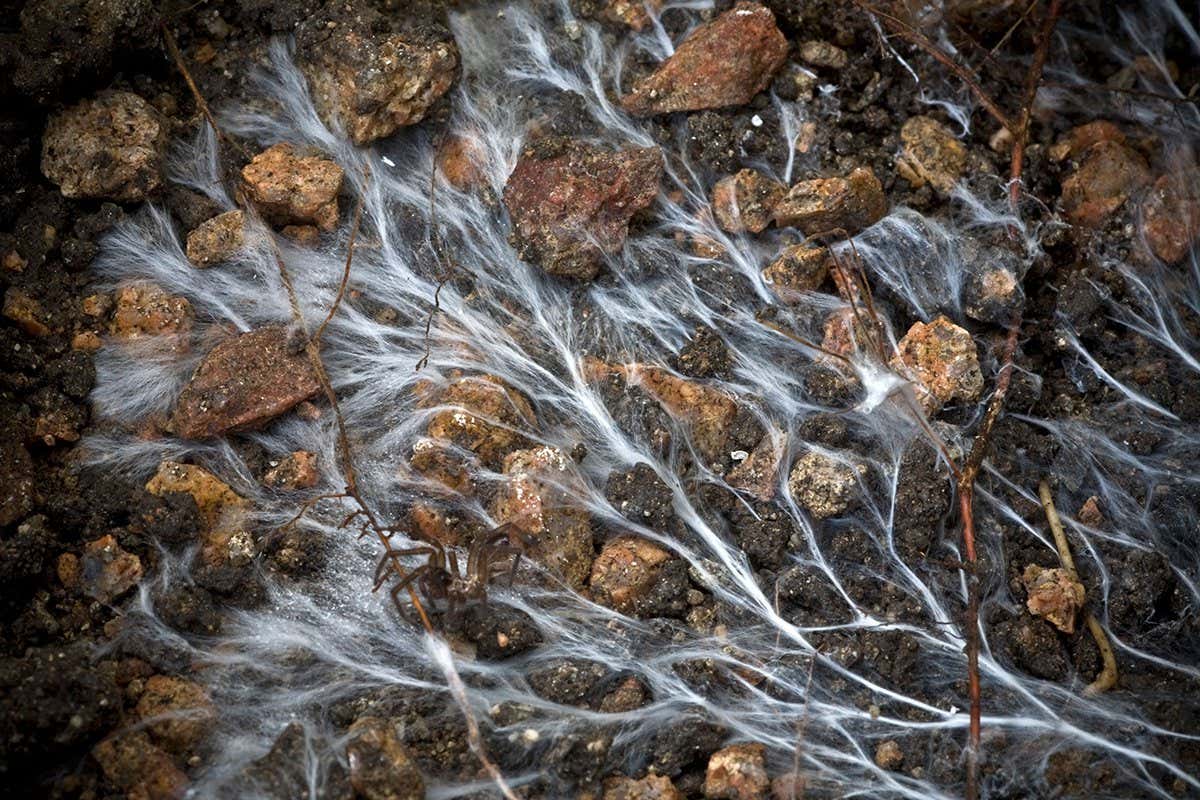Soil Fungi: Nature's Carbon Capture Solution for Trees
The world is grappling with climate change, and one of the most pressing concerns is the rising levels of atmospheric carbon dioxide. While large-scale technological solutions are being explored, a significant, often overlooked, ally in the fight against climate change lies beneath our feet: soil fungi. These microscopic organisms play a crucial role in carbon sequestration, particularly in forests, significantly impacting the health and carbon storage capacity of trees.
The Mycorrhizal Network: A Symbiotic Relationship
Trees and soil fungi engage in a mutually beneficial relationship known as mycorrhiza. Mycorrhizal fungi form a vast, intricate network of hyphae (thread-like structures) that extend far beyond the reach of tree roots. This network acts as an extension of the tree's root system, enhancing nutrient and water uptake. Crucially, this network also plays a vital role in capturing and storing atmospheric carbon.
-
Enhanced Nutrient Uptake: Fungi break down complex organic matter in the soil, making essential nutrients like phosphorus and nitrogen available to trees. This increased nutrient availability promotes tree growth and, consequently, carbon sequestration.
-
Improved Water Absorption: The extensive fungal network improves water absorption, especially in dry conditions, ensuring tree survival and continued carbon uptake.
-
Carbon Sequestration: Fungi incorporate carbon from the atmosphere into their hyphae and store it in the soil. This stored carbon remains locked away for extended periods, reducing the amount of carbon dioxide in the atmosphere. Research indicates that mycorrhizal fungi can sequester a substantial amount of carbon, potentially exceeding the amount stored in the trees themselves.
Types of Mycorrhizal Fungi and Their Carbon Sequestration Potential
There are two main types of mycorrhizal fungi: ectomycorrhizal (ECM) and arbuscular mycorrhizal (AM). Both contribute to carbon sequestration, but their mechanisms differ slightly:
-
Ectomycorrhizal (ECM) fungi: These fungi form a sheath around the root tips of trees, primarily in coniferous and some deciduous forests. ECM fungi are particularly effective at storing carbon in the soil.
-
Arbuscular mycorrhizal (AM) fungi: These fungi penetrate the root cells of trees, forming structures called arbuscules. AM fungi are more widespread and are found in association with a vast range of plant species.
Understanding the specific roles of different mycorrhizal fungi is crucial for developing effective forest management strategies to maximize carbon sequestration.
Protecting and Restoring Mycorrhizal Networks: Key to Climate Change Mitigation
The health and diversity of soil fungi are critical for maintaining their carbon sequestration capabilities. Several factors can negatively impact these vital organisms:
-
Deforestation: Clearing forests destroys mycorrhizal networks, releasing stored carbon back into the atmosphere.
-
Soil Degradation: Unsustainable agricultural practices and pollution can damage soil health and reduce fungal diversity.
-
Climate Change Itself: Changes in temperature and precipitation patterns can affect fungal communities and their function.
Therefore, protecting existing forests and implementing sustainable land management practices are crucial for preserving mycorrhizal networks and maximizing their carbon sequestration potential. This includes:
-
Promoting sustainable forestry: Implementing practices that minimize soil disturbance and maintain forest biodiversity.
-
Reducing agricultural impacts: Adopting sustainable agricultural techniques like cover cropping and no-till farming to protect soil health.
-
Restoring degraded lands: Reforestation and ecological restoration projects can help rebuild mycorrhizal networks and increase carbon sequestration.
Conclusion: A Powerful, Natural Ally
Soil fungi are a powerful and often underestimated ally in the fight against climate change. Their role in carbon sequestration is significant, and protecting and restoring these vital organisms is crucial for mitigating the impacts of climate change. By understanding and leveraging the power of mycorrhizal networks, we can harness nature's own solution to effectively capture and store atmospheric carbon. Further research and investment in this area are essential to unlock the full potential of soil fungi in climate change mitigation. Let's work together to protect and nurture this vital component of a healthy planet.

